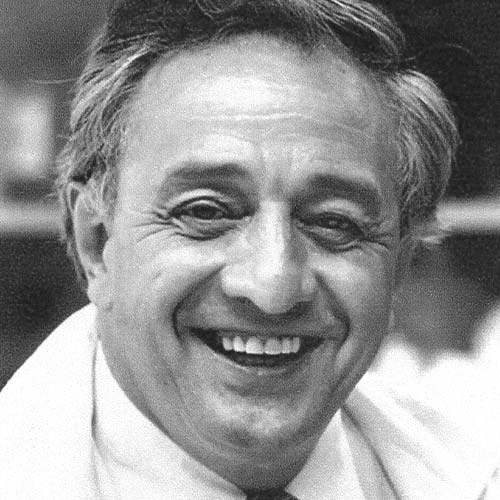
BACKGROUND
Haploidentical Bone Marrow Transplantation and Veto Cell Therapy Timeline
From the Discovery of T-Cells in 1940 to Veto Cells and Beyond
First Allogeneic Bone Marrow Transplant
First allogeneic BMT in leukemia patients performed by Nobel Laureate Ed Thomas
1957
First HLA Matched Bone Marrow Transplant
First HLA Matched BMT in SCID Performed by Dr. Robert Good.

1968
Veto Cells Defined
R. Miller defines the veto cell concept.
1979
SCID
Dr. Reisner, together with Dr. O’Reilly at Sloan Kettering, pioneered mismatched donor bone marrow transplant cures SCID “bubble boys”. T-cell depletion prevents GvHD
New York Times, 1983: Bone Marrow Transplants: New Methods May Save Lives
1980s
Megadose BMT
A protocol pioneered by Dr. Reisner together with Dr. Martelli in Perugia in which a very large number of stem cells are harvested from a donor in order to deliver an overwhelming “mega” dose of transplanted cells that can overcome rejection and facilitate engraftment.
1990s
Veto Cells - 1.0 (Pre-clinical)
Dr. Reisner pioneers the use without GvHD of specially-developed CD8 T-cells that are capable of selectively attracting and destroying (or “vetoing”) host T-cells that attack the transplanted graft, thereby mitigating rejection. Small numbers of these cells occur naturally in the body.
2000
Veto Cells - 2.0 (Pre-clinical)
Further immune suppression reduction for mismatched bone marrow in mice. CD8 anti-3rd party T-cells with central memory phenotype exhibit further enhancement.
2010
Drug Combination
Alternative modality using existing clinical agents: Megadose combined with chemotherapy drugs is identified as an additional therapeutic tool.
2015
Genetically Modified (CAR-T) Veto Cells (Pre-Clinical)
Inducing tolerance to genetically modified T-cell therapy: Genetically-modified T-cells, when combined with Veto Cell technology show increased persistence and enhanced efficacy. This preclinical study provides the rationale for generating VETO-CAR T cells
2015
Anti-Viral Veto Cells (Pre-Clinical)
Action on both host anti-donor cells and viruses: The potential of Veto cells generated from the memory T cell pool against recall antigens. Proof-of-concept murine study demonstrating the feasibility of generating Veto cells against viral antigens for preventing viral infections.
2017
Anti-Viral Veto Cells (Clinical)
Phase 1-2 trial testing safety and efficacy of anti-viral Veto cells begins at The University of Texas MD Anderson Cancer Center in Houston, Texas.
2019
VETO CAR-T Cells
Profs. Eshhar and Reisner define optimal conditions for transduction of human anti-viral Veto Cells with CAR.



